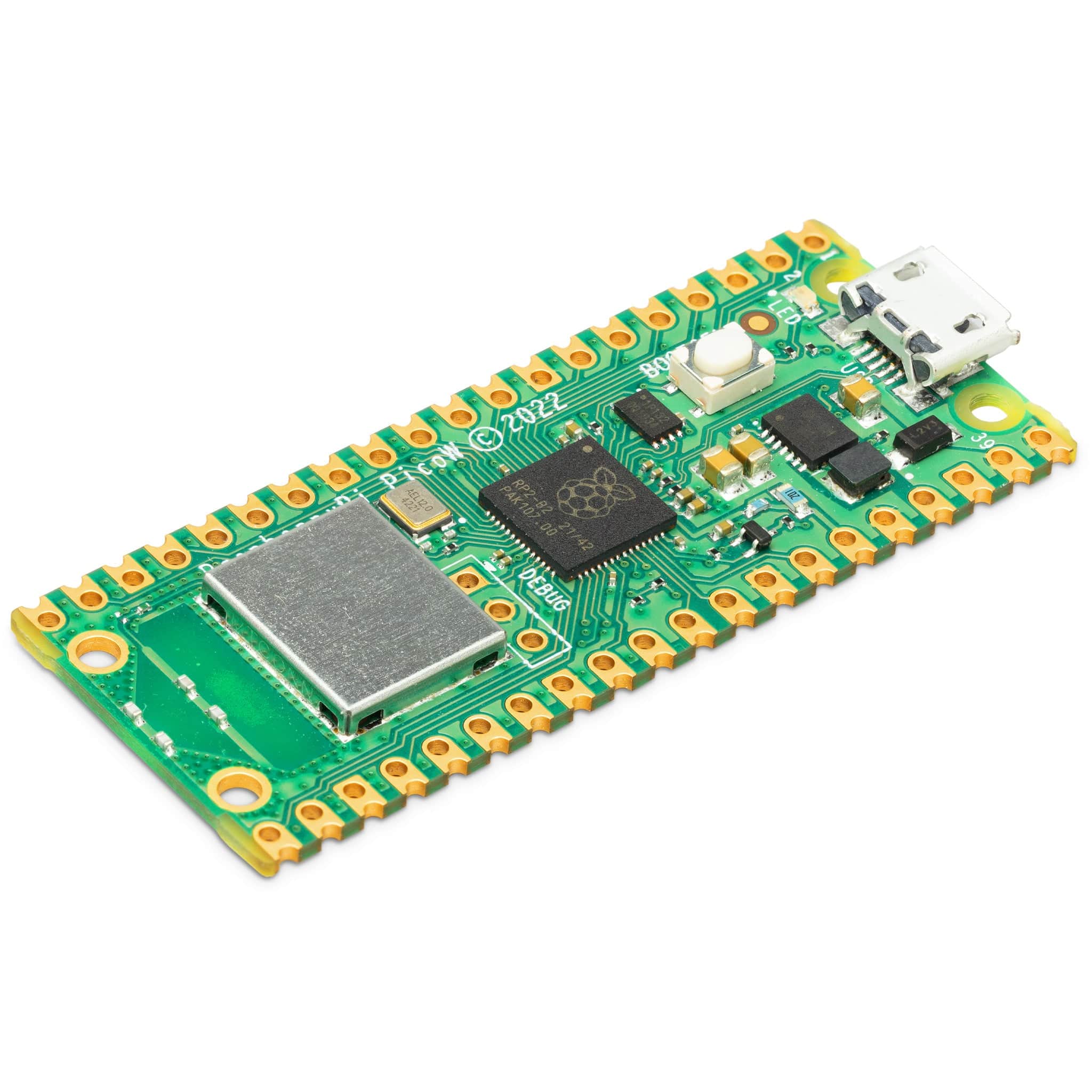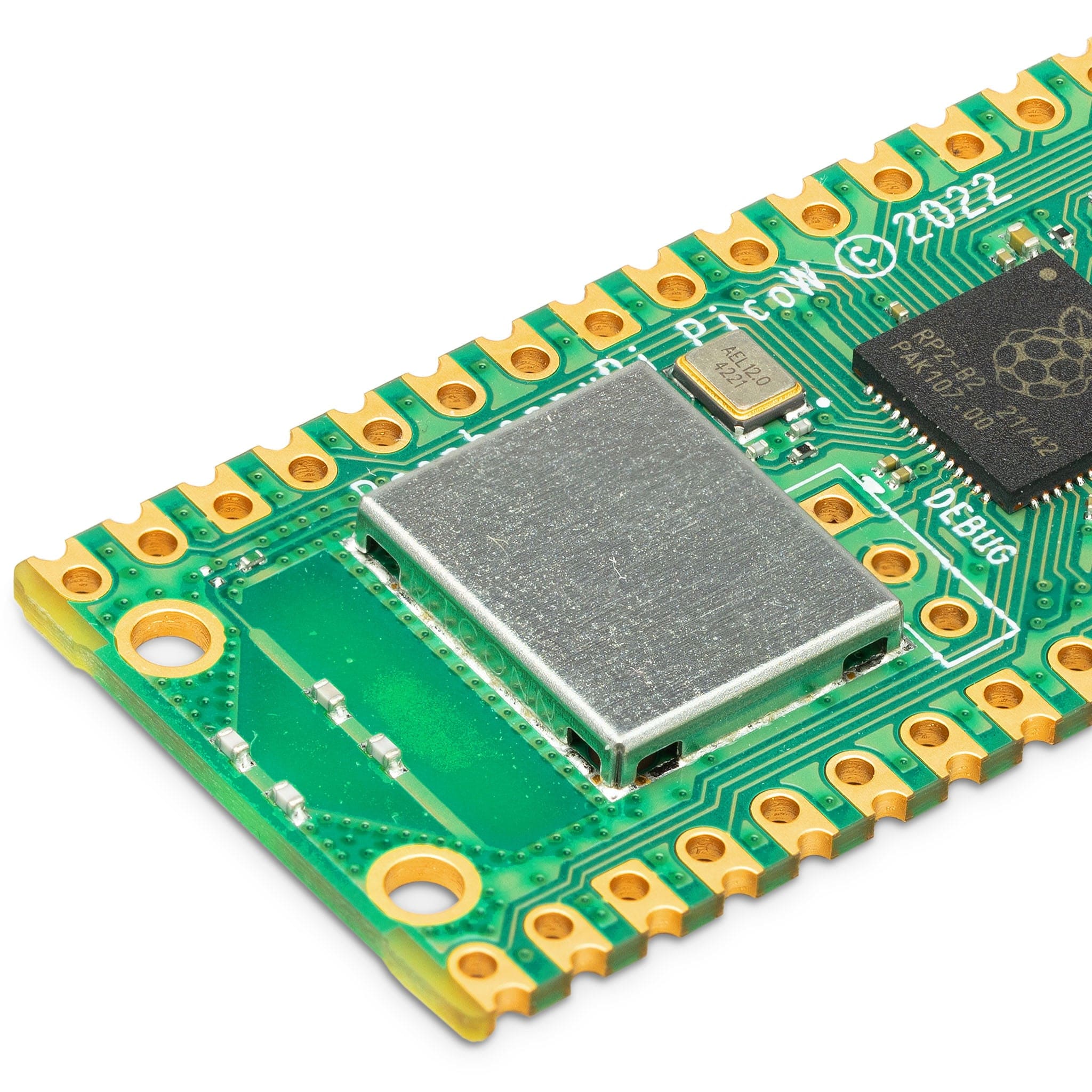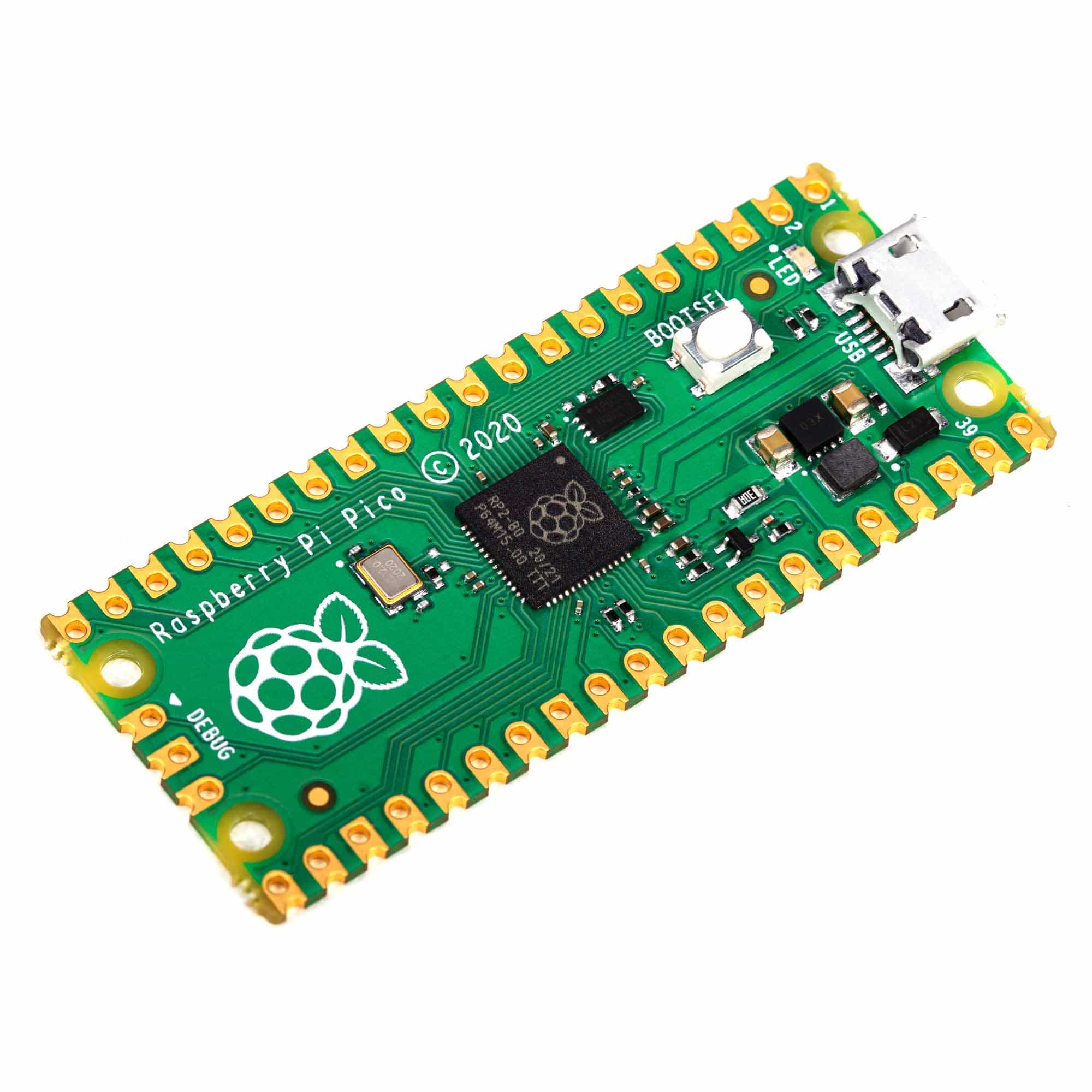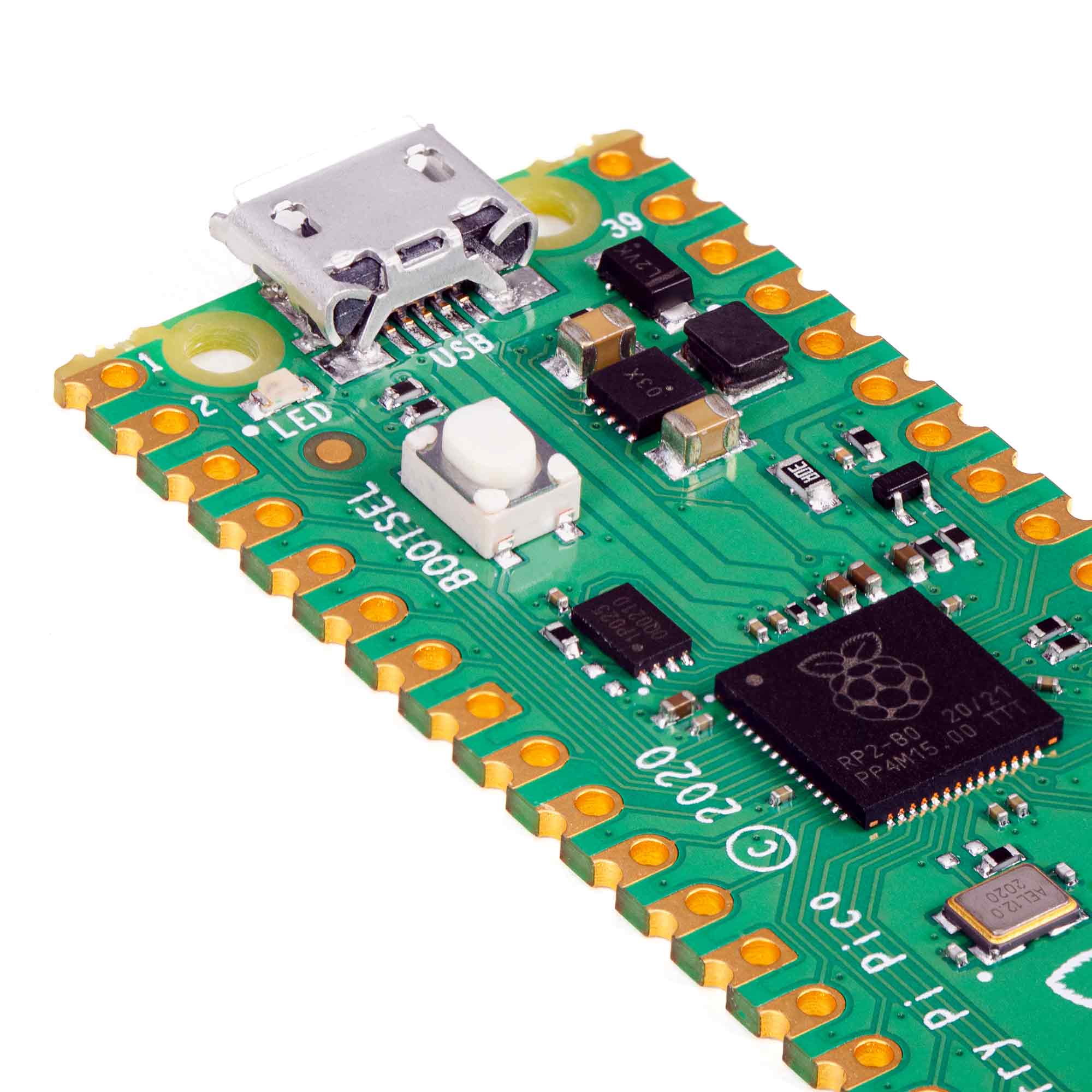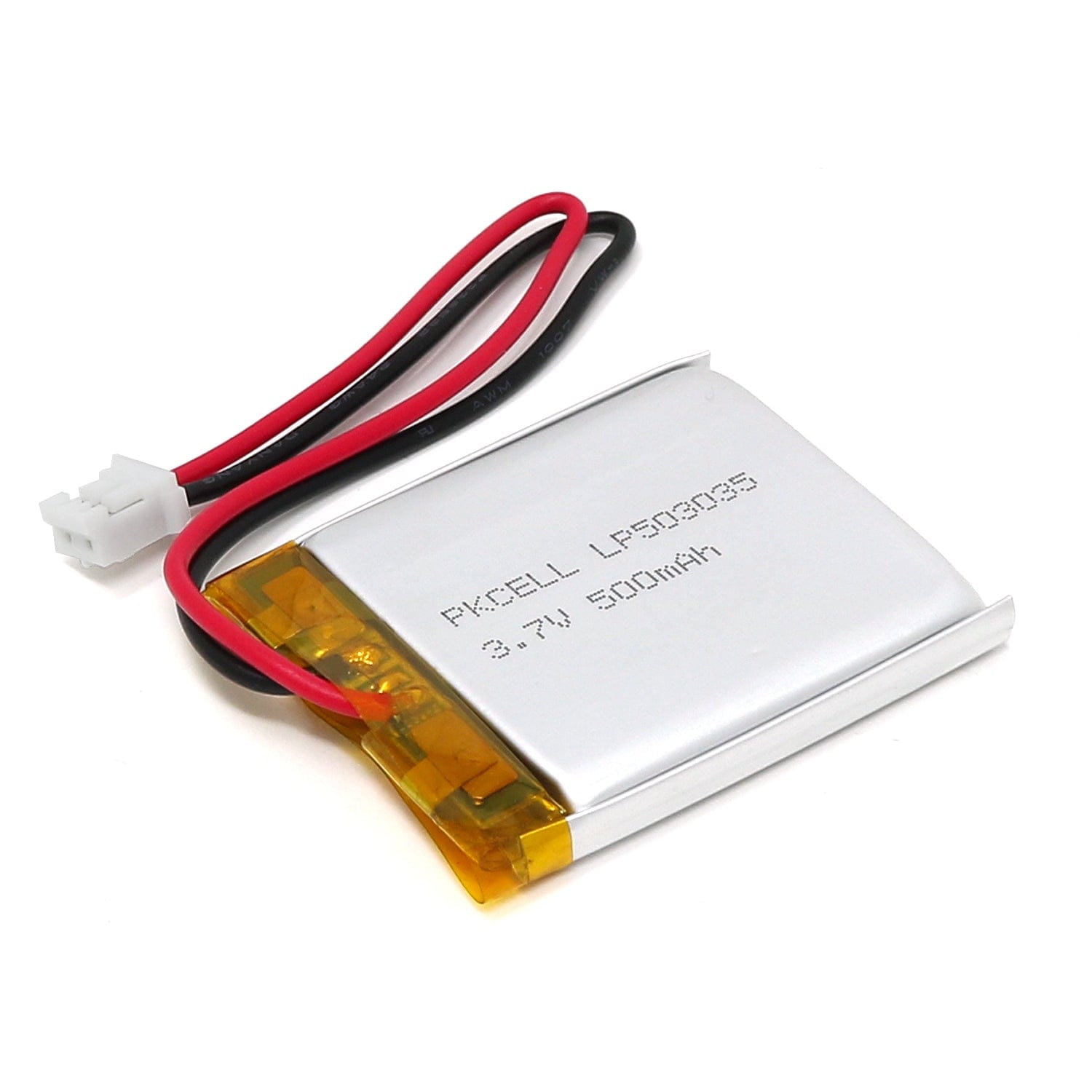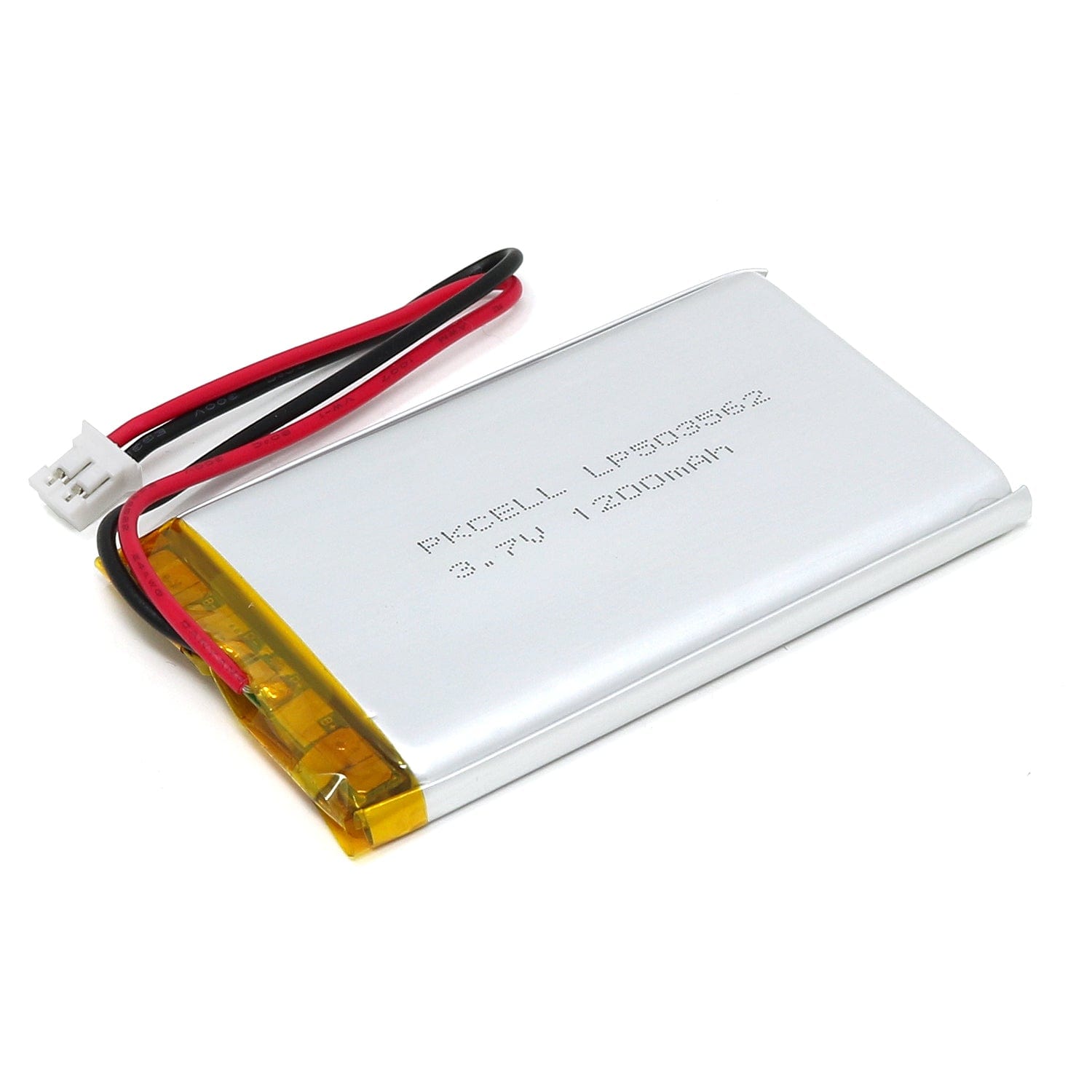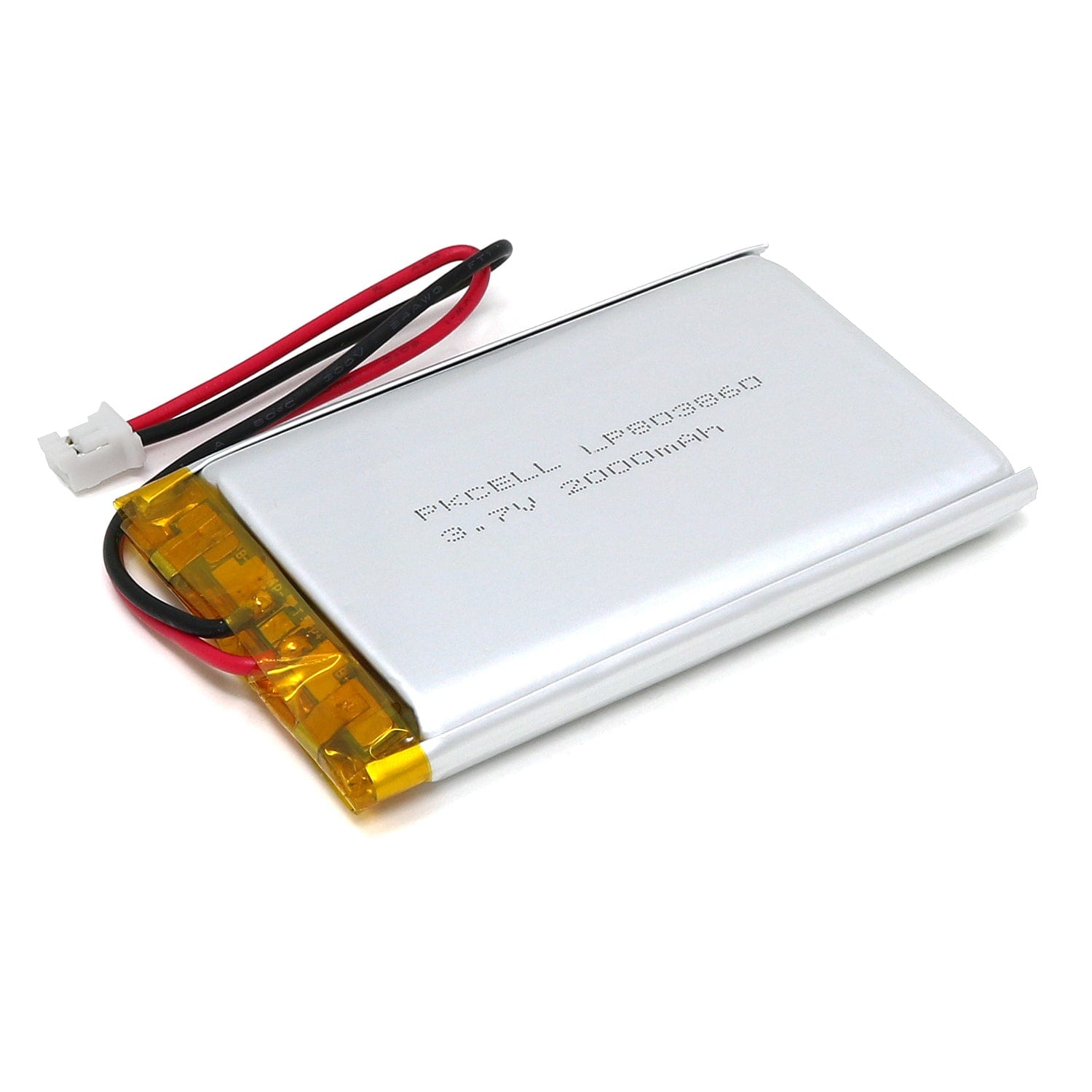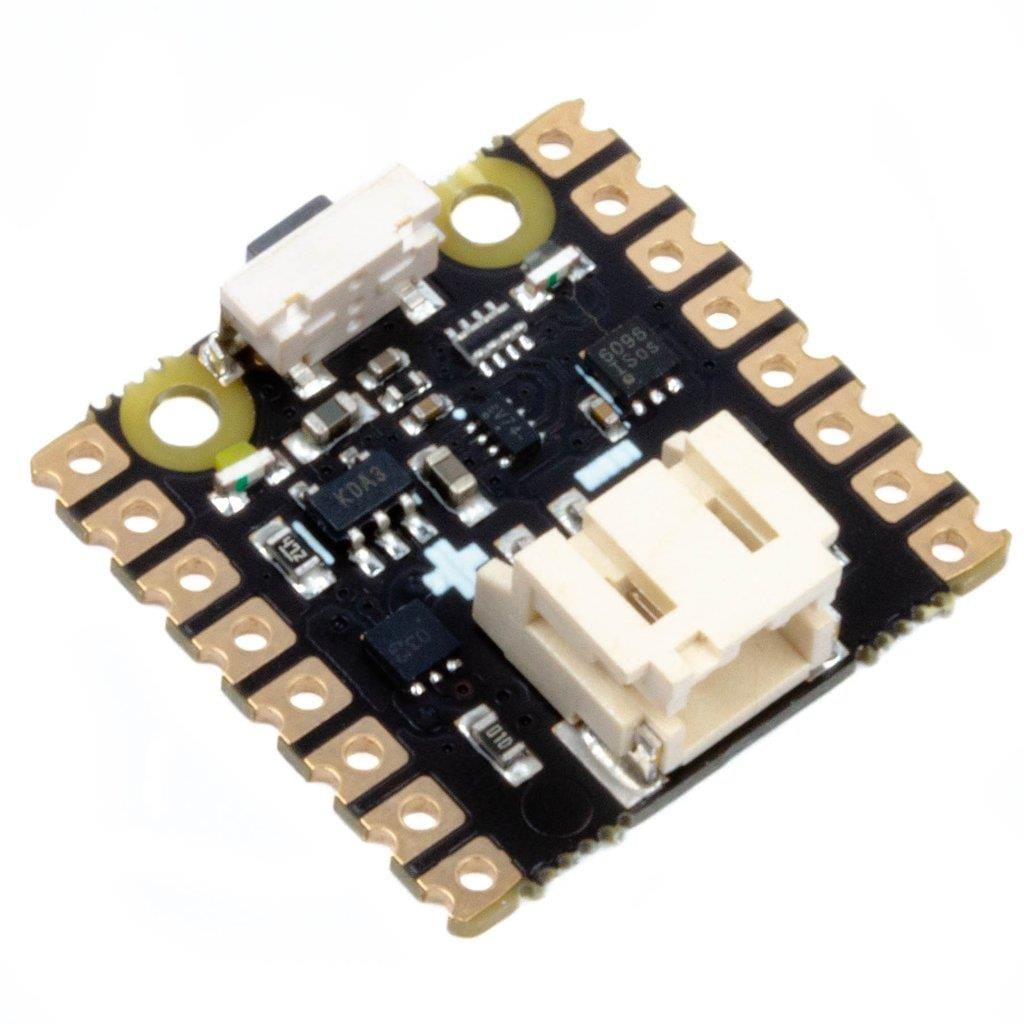
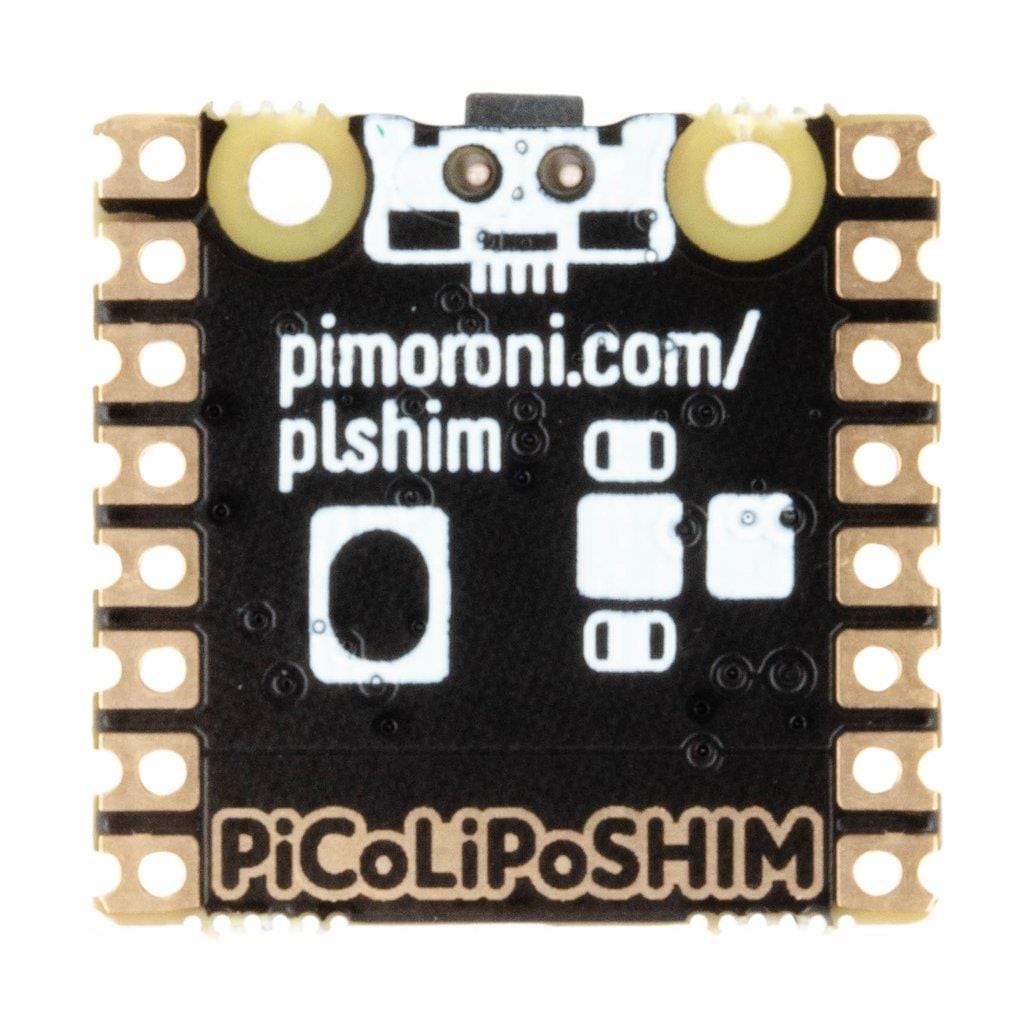
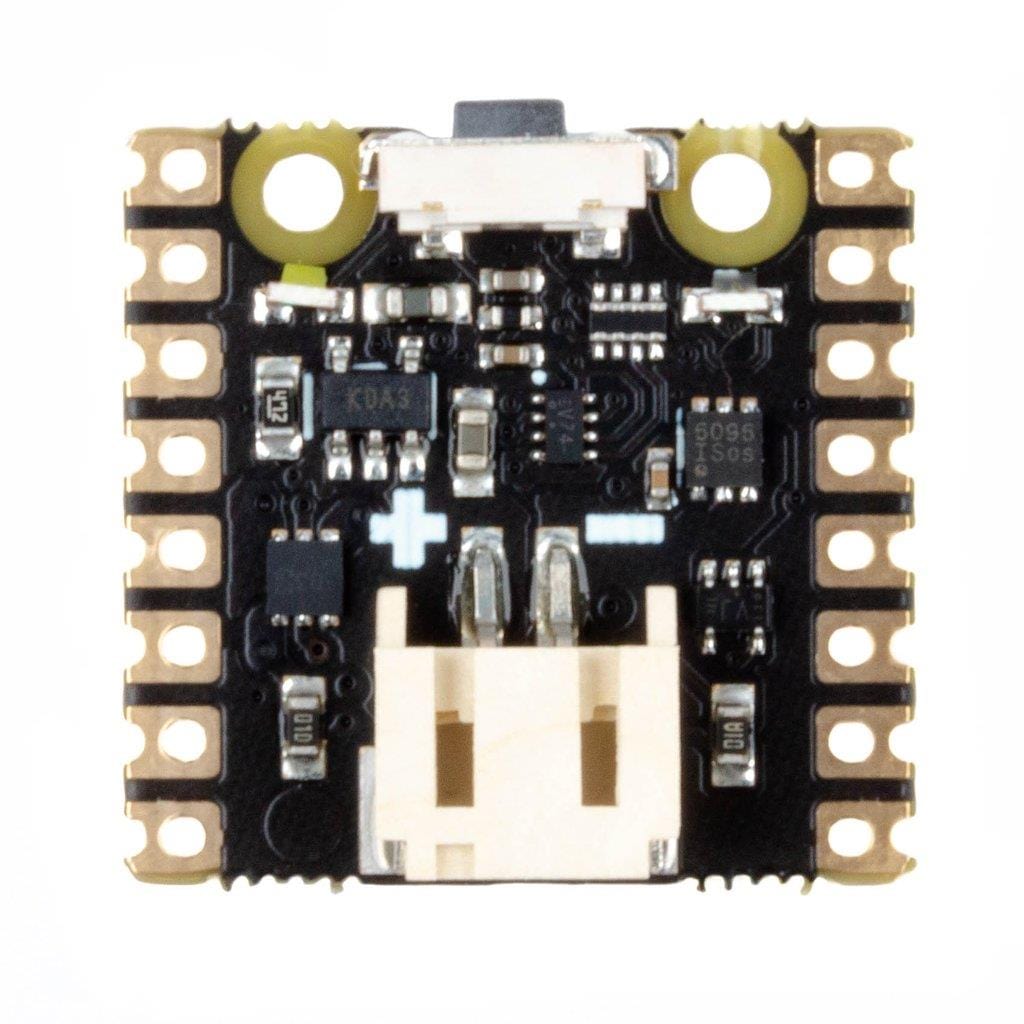
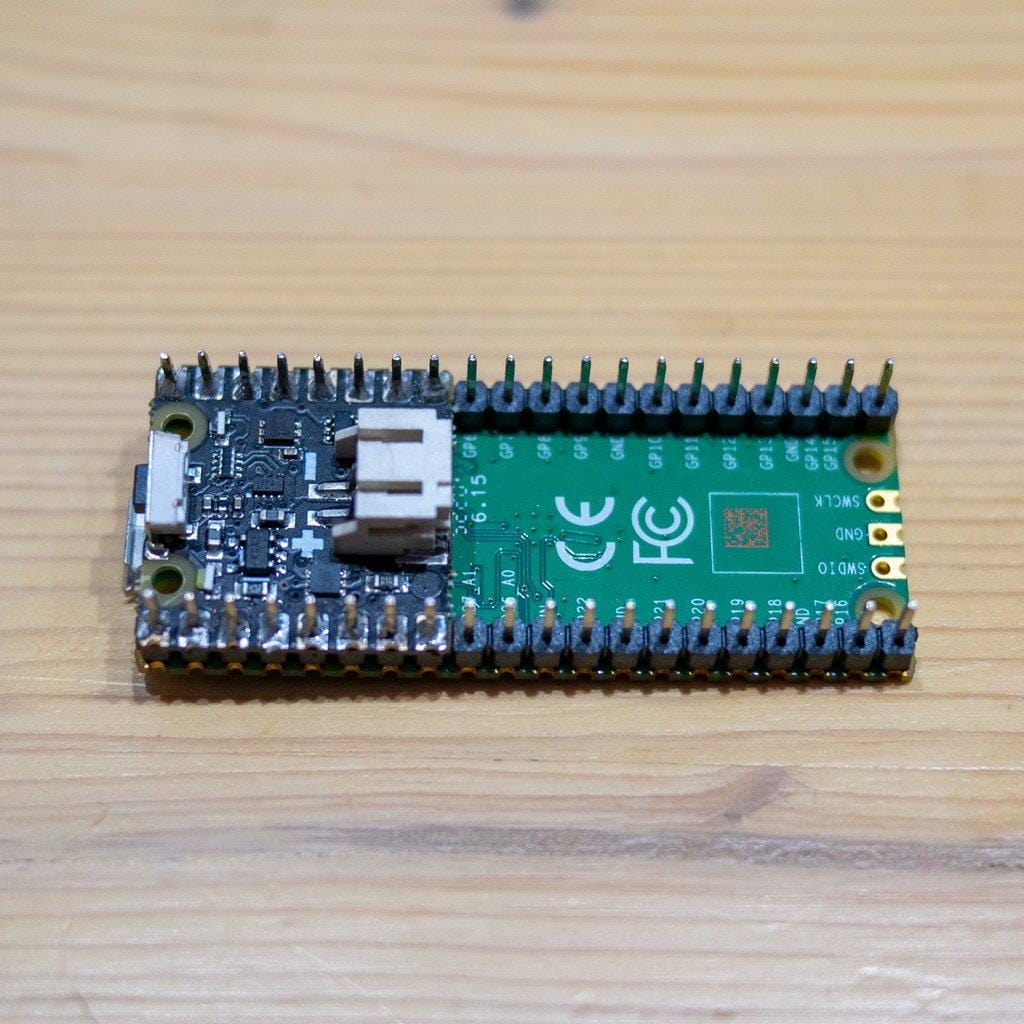
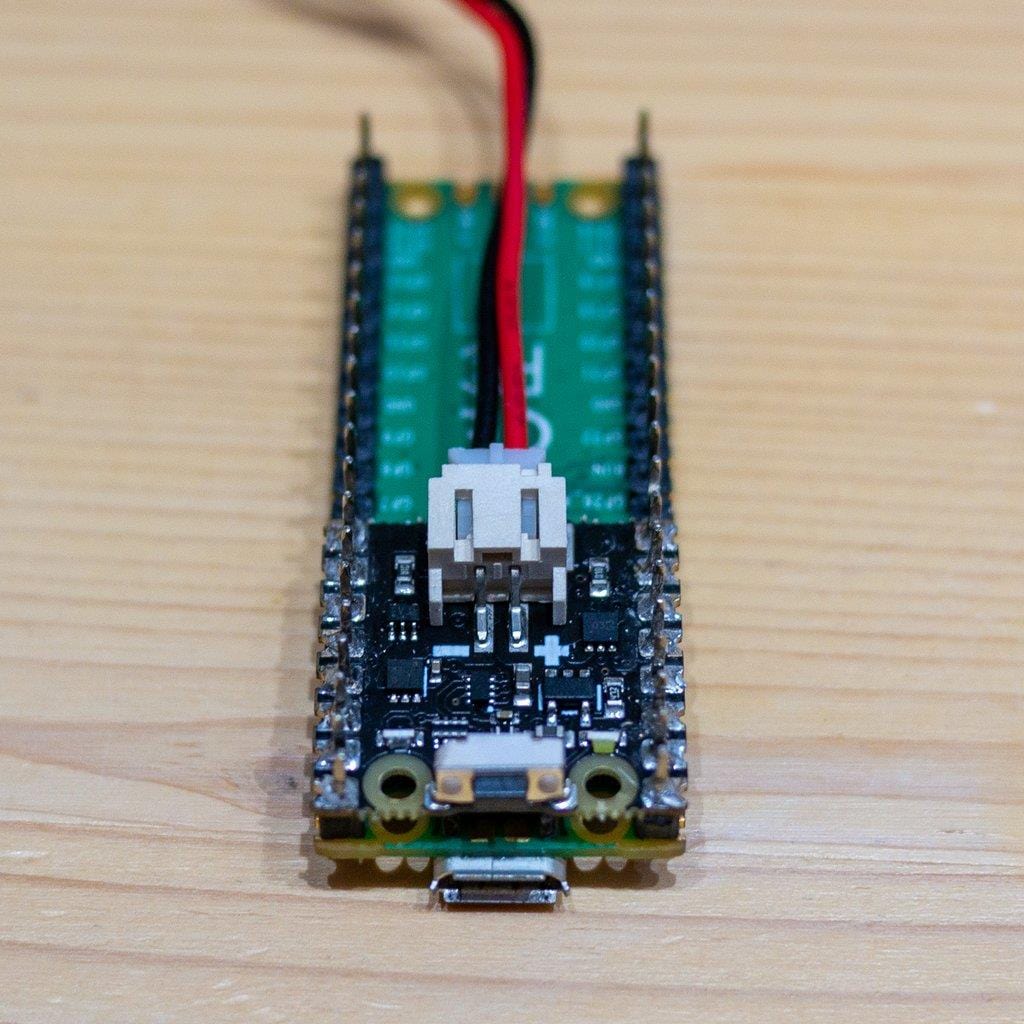
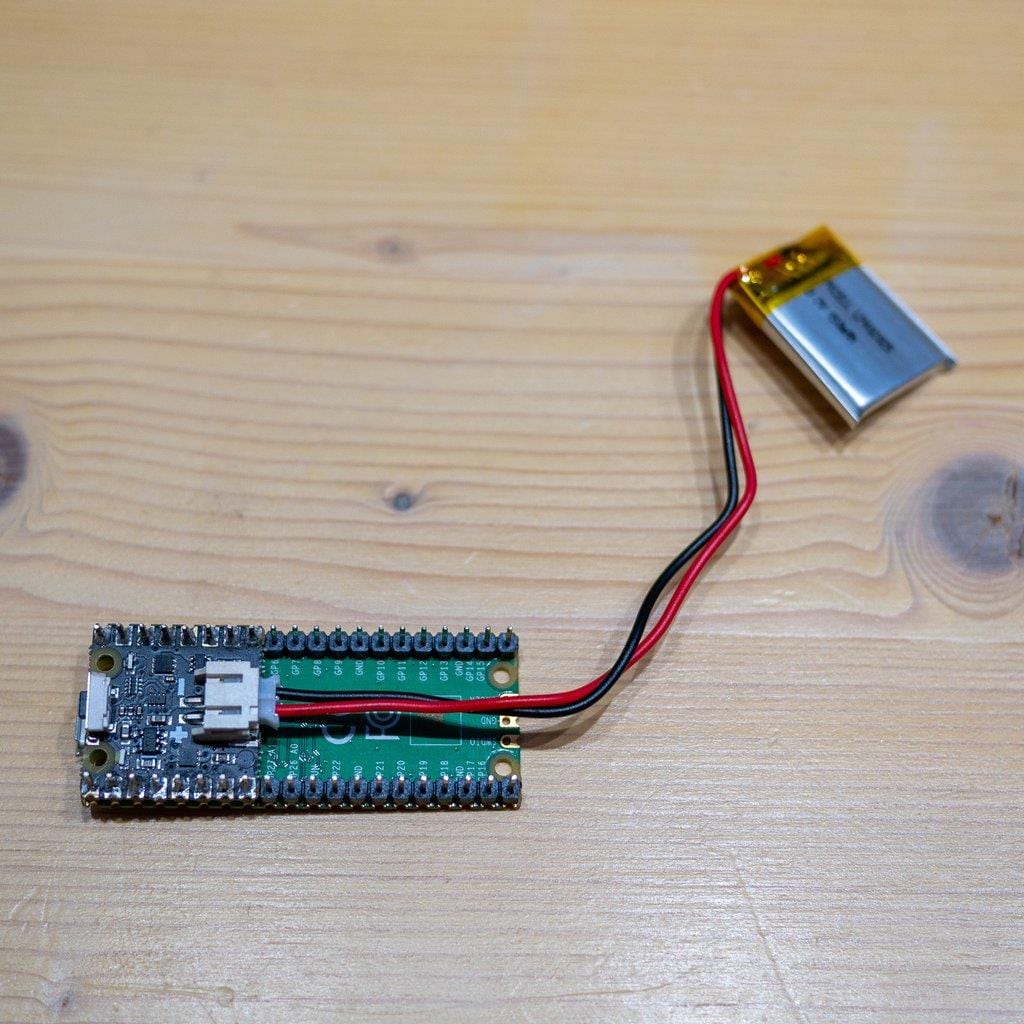
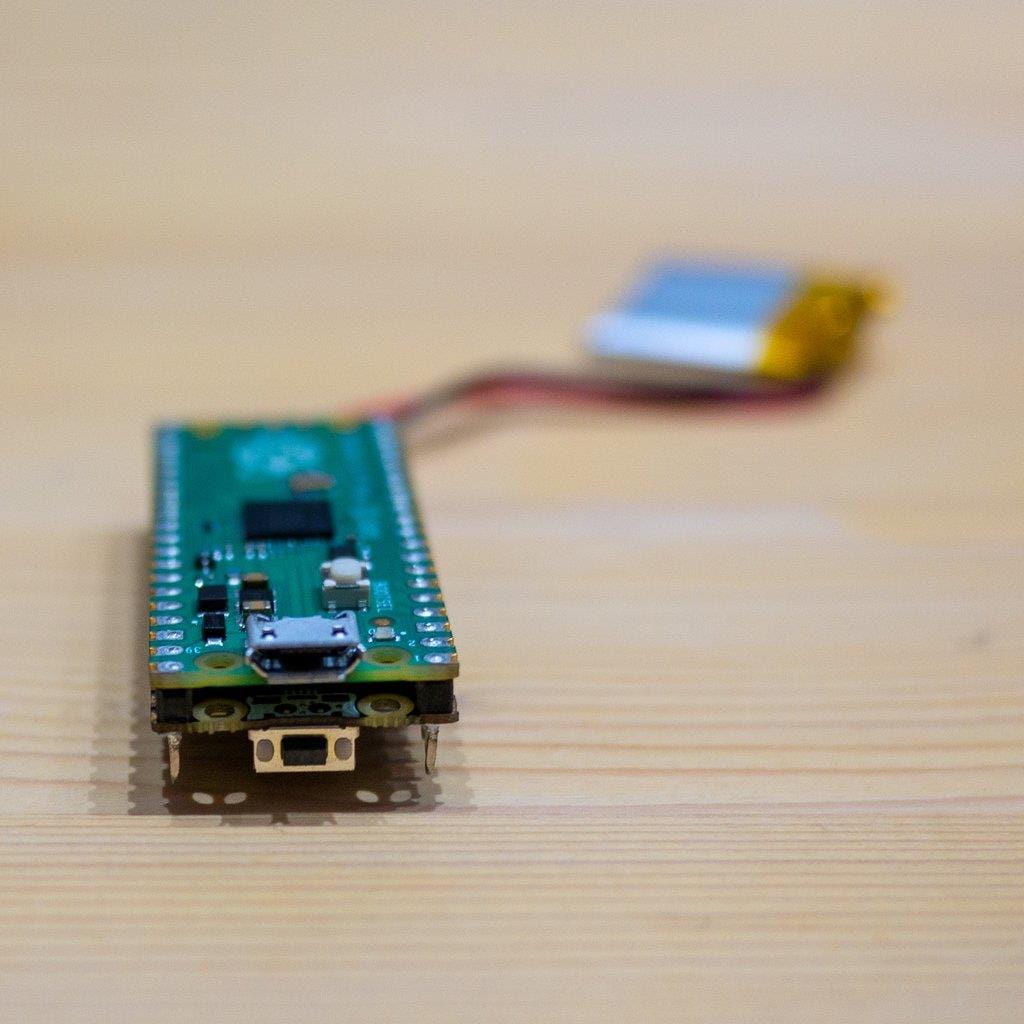
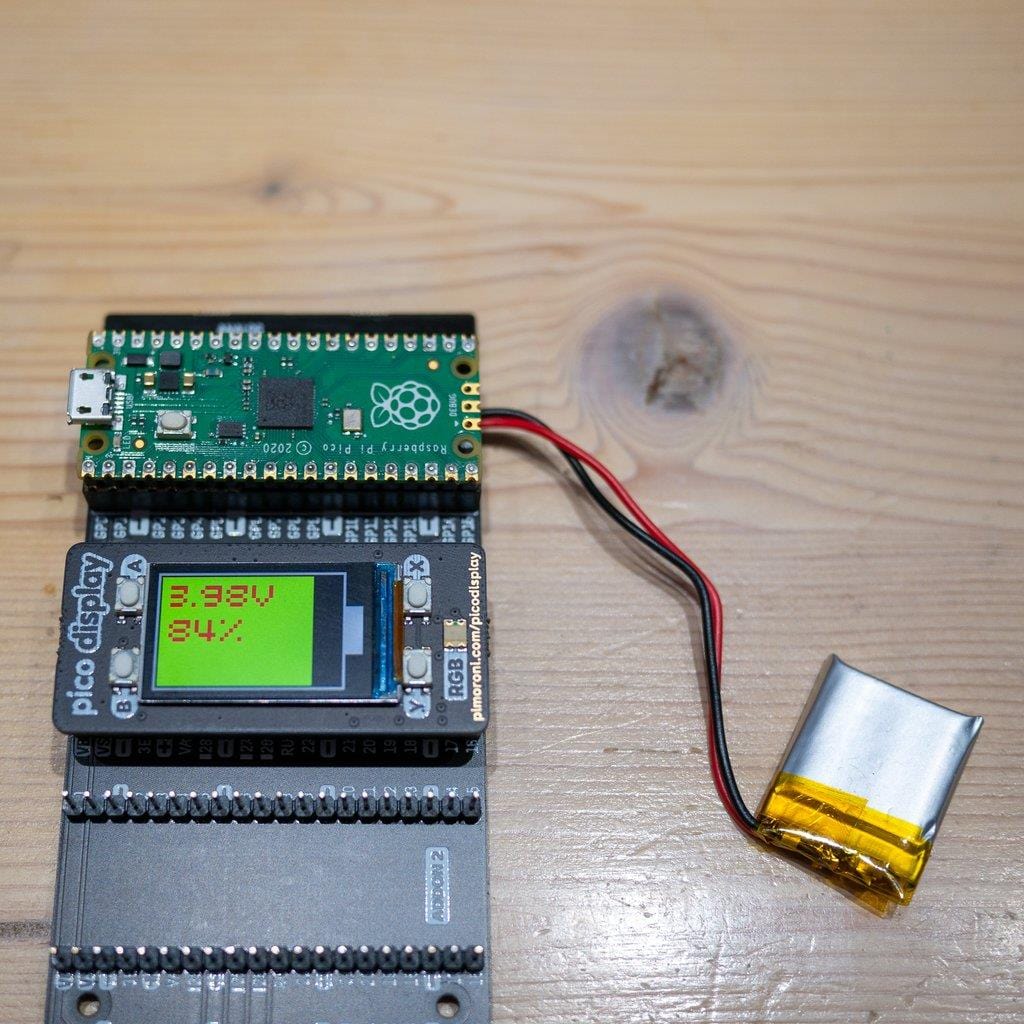
Login / Signup
Cart
Your cart is empty
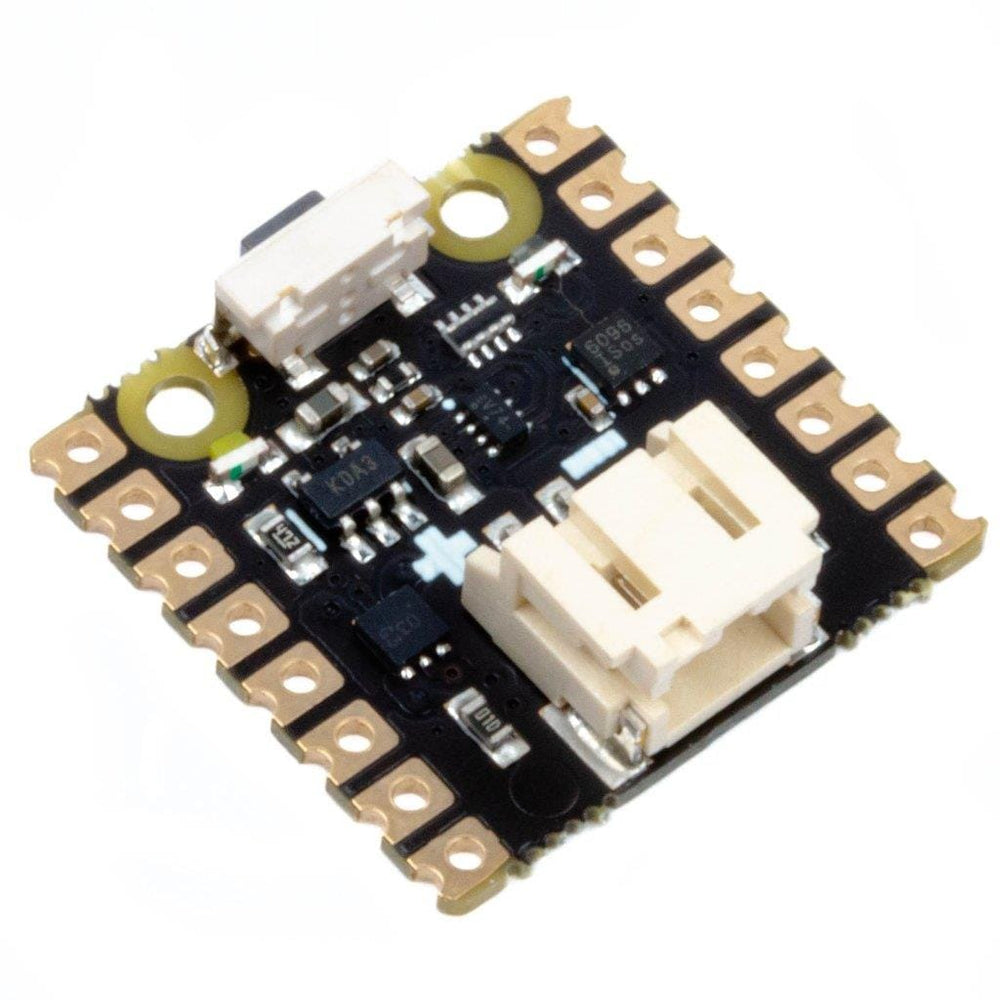
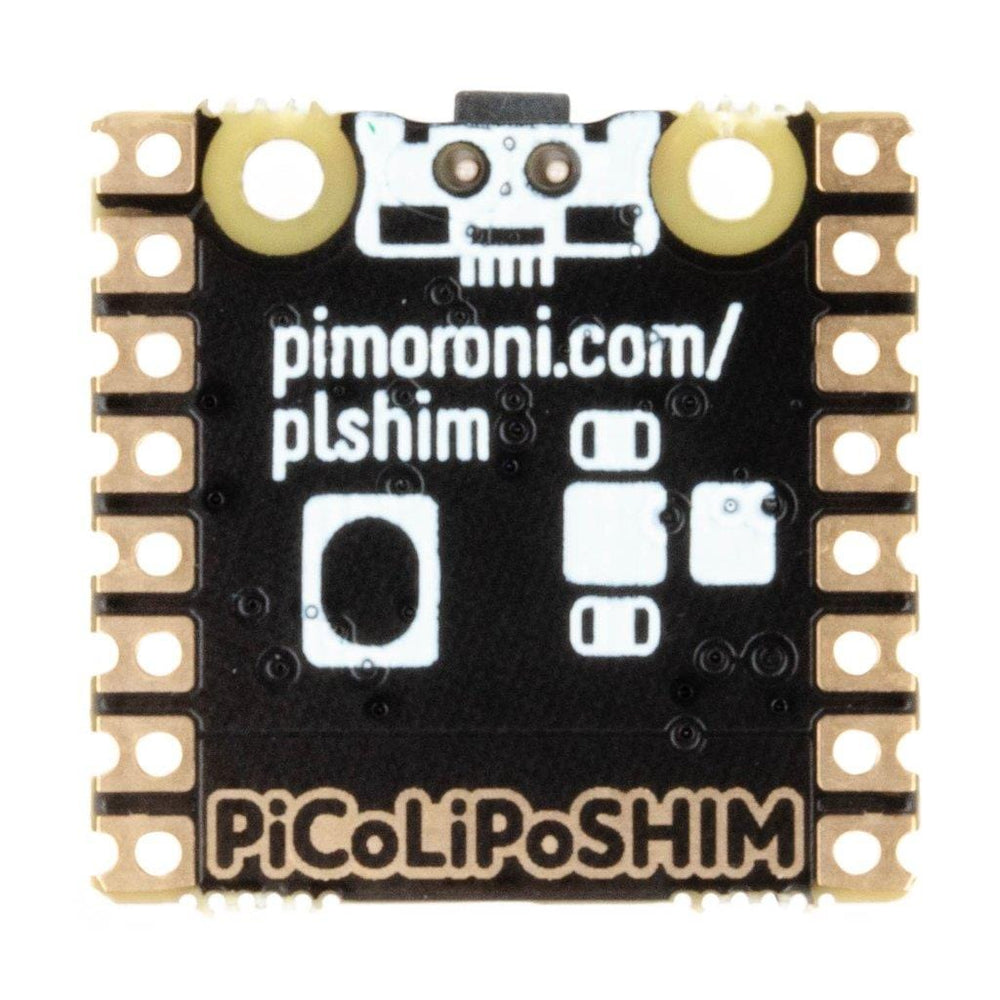
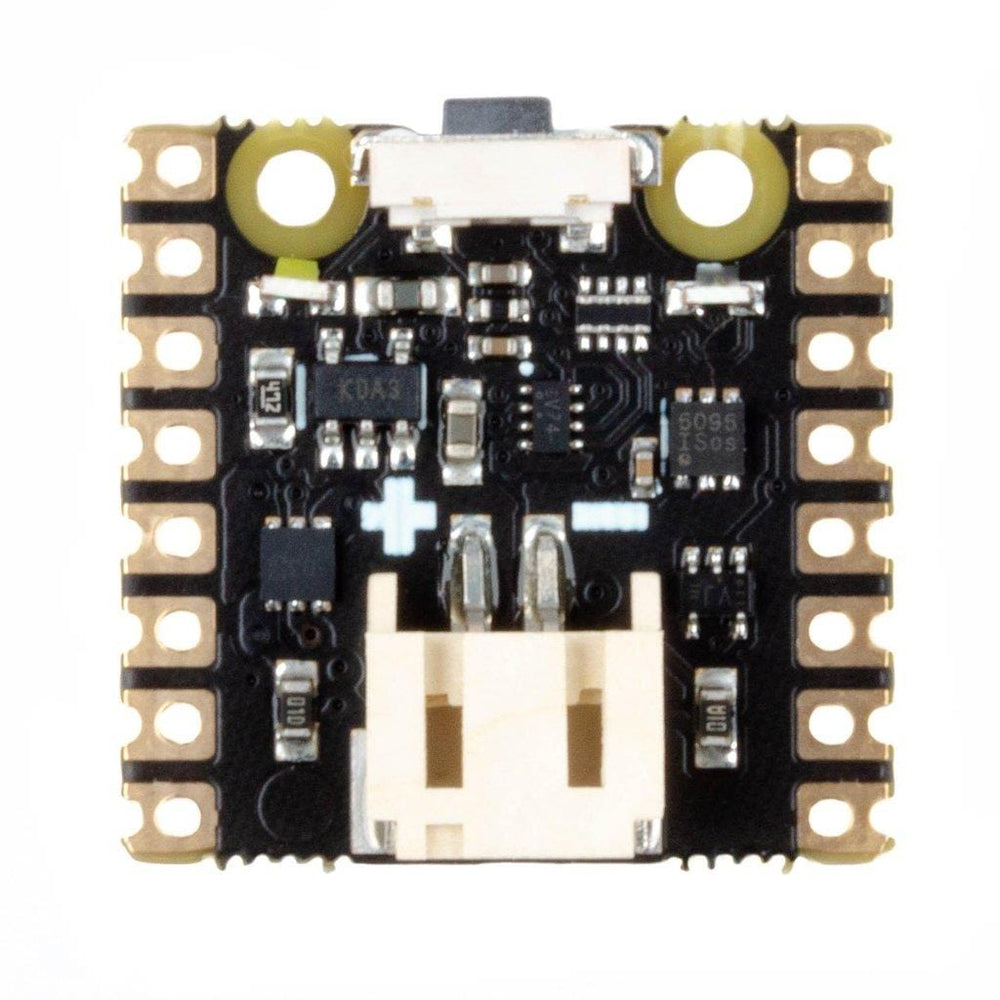
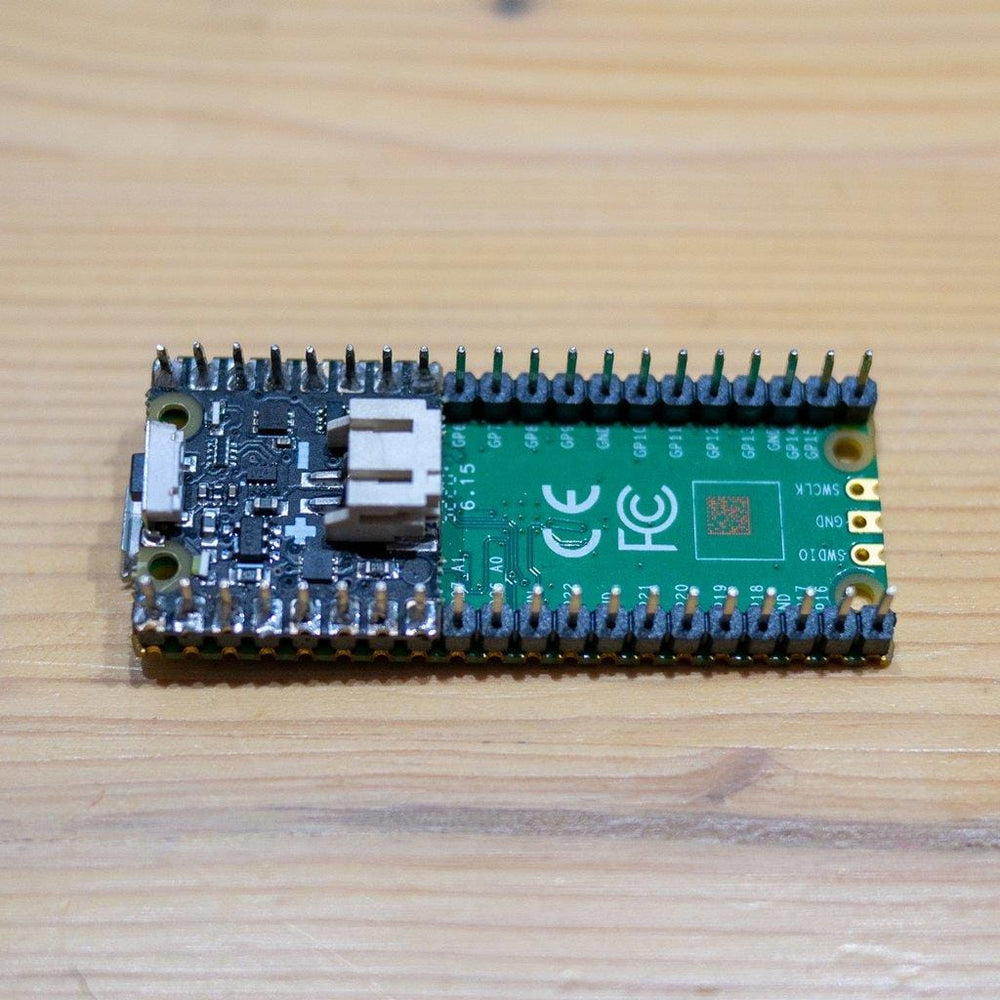
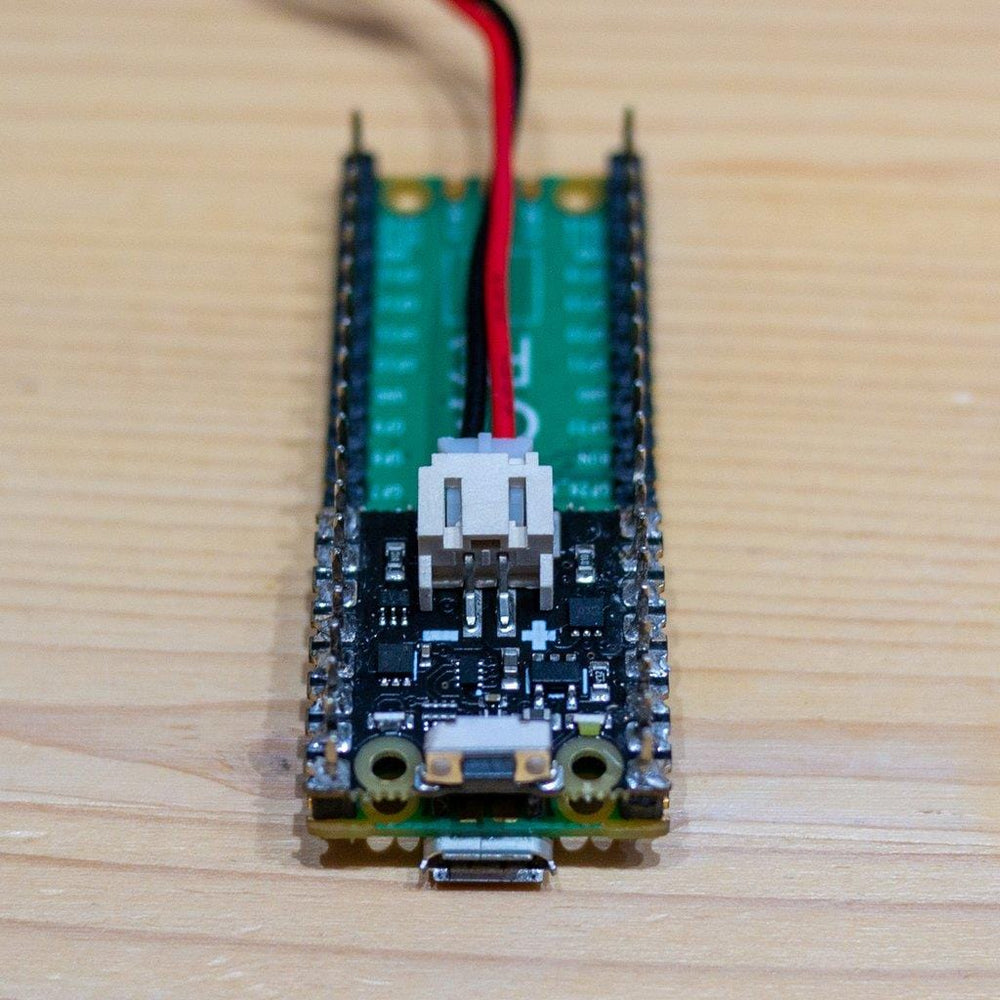
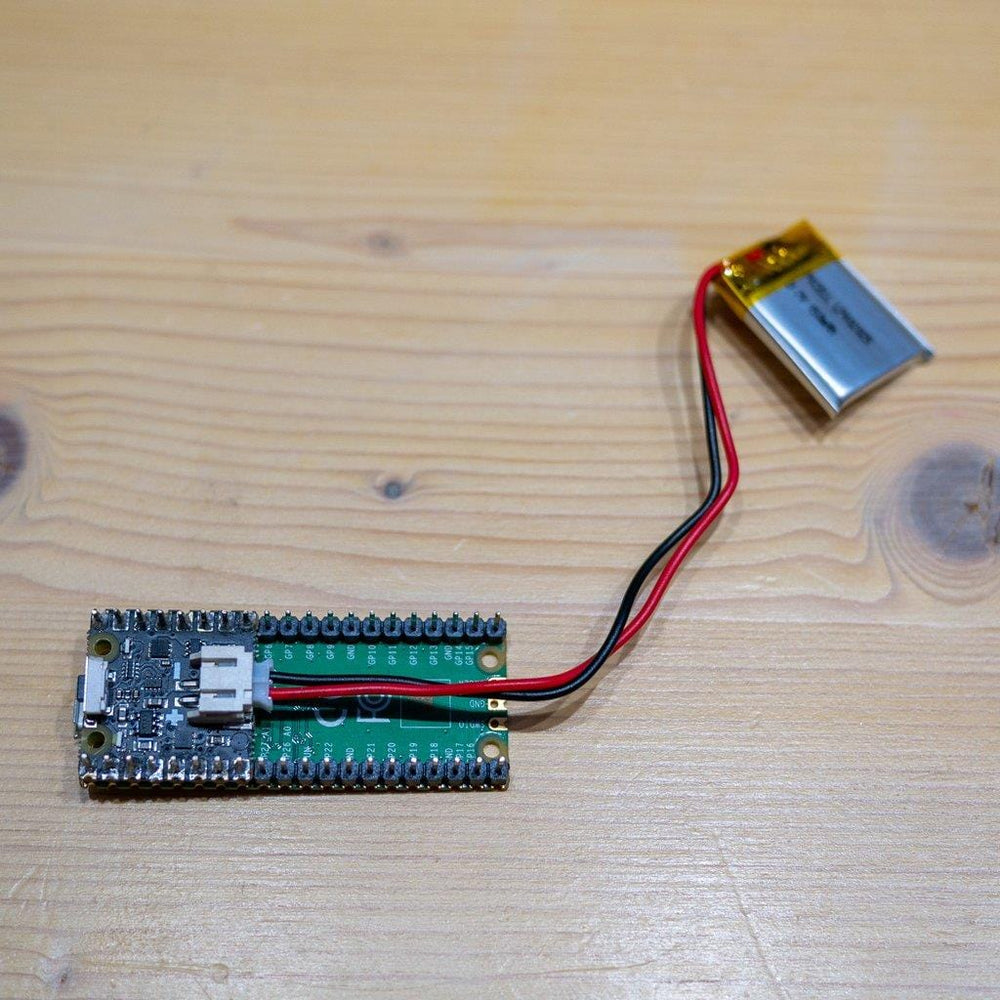
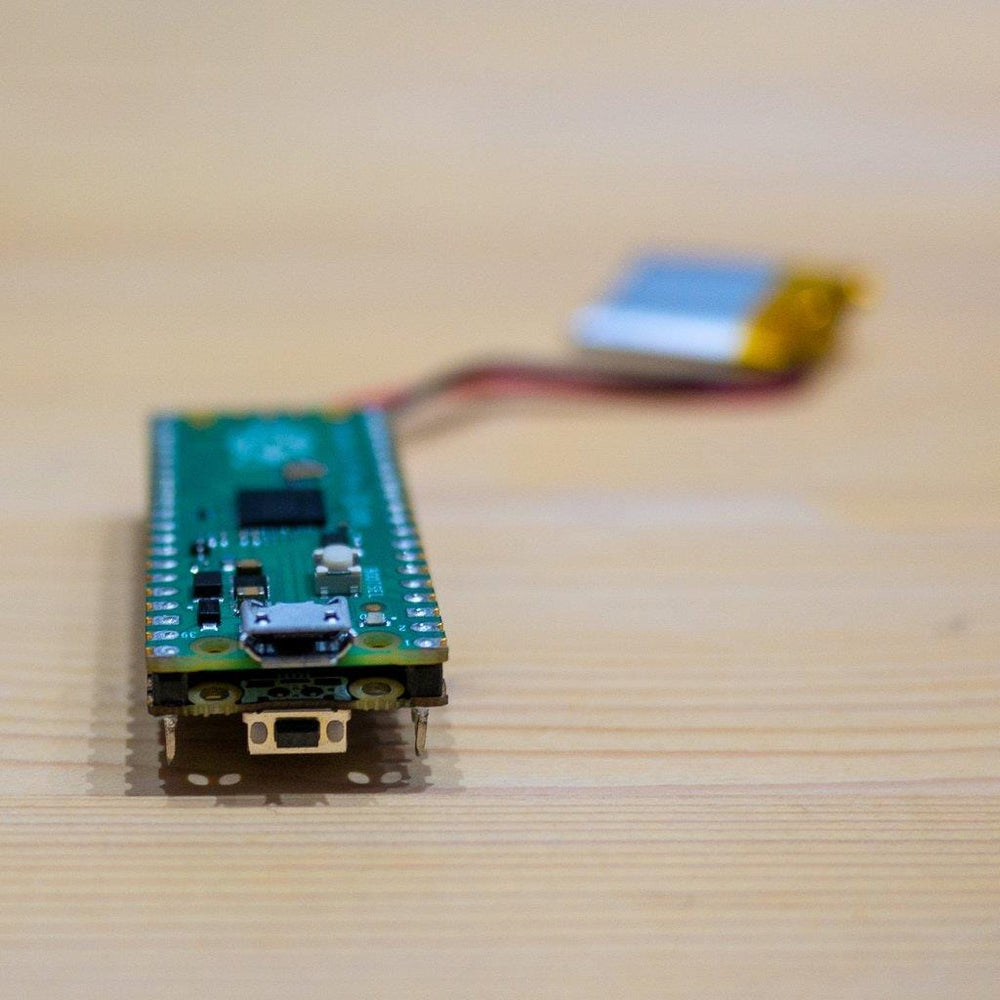
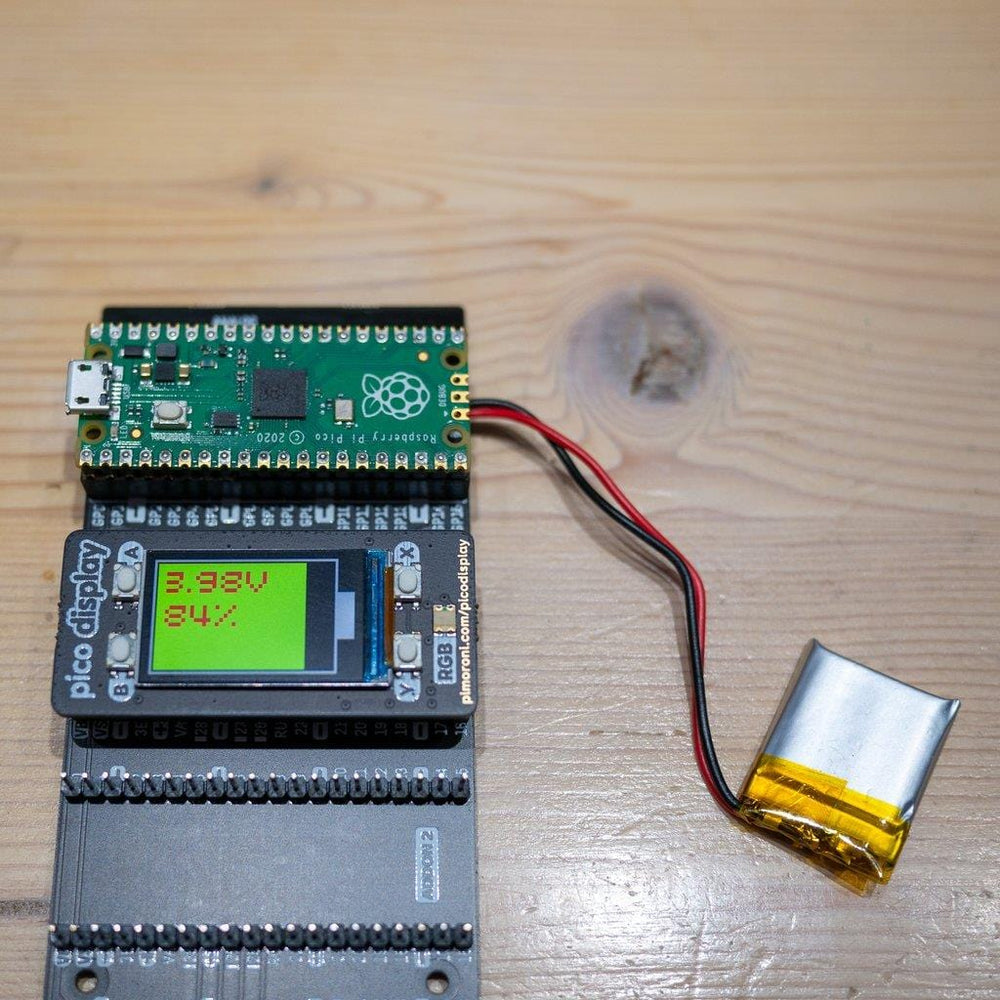
This SHIM provides a convenient way of powering your Raspberry Pi Pico from a LiPo/LiIon battery. You can recharge the battery easily by providing power to the Pico's USB port.
Solder this neat little square to the pins on the back of your Pico, plug in a suitable lithium-ion/polymer battery and tada - a LiPo Pico!
The inbuilt charging circuit means you can recharge the attached battery by supplying power to the Pico via USB, and it includes protection against over-discharge and overcurrent. There's a power button to stop the SHIM from providing battery power when it's not needed and turn your project on and off, as well as two LED indicators - a white one that shows when the shim is providing power and a red one to tell you when the battery is being charged.
We've designed it to be as slimline as possible so it can be sandwiched underneath other add-ons like our Pico Packs and Bases.
Safety note! You should only use this SHIM with LiPo or LiIon batteries, and you should make sure that any project involving LiPos is sufficiently protected from being dented, bent, punctured or crushed. ALWAYS check LiPo wire/connector polarity and adjust if needed.
Note: Raspberry Pi Pico/batteries/add-ons are NOT included. You'll need a Pico with male headers soldered to it. You can grab a Pico here and Pico male headers here, or buy a Pico with pre-soldered headers.
You'll need to solder the SHIM to the back of your Pico, with the power button at the same end as the USB port. The text on the SHIM and the pin labels on the back of the Pico should be facing each other.
You can use LiPo SHIM for Pico with any Pico OS as it doesn't require any software installation to work.
We've put together a MicroPython example showing how you can read the system voltage from Pico's VSYS pin to estimate how much charge is left in the battery, and display it on Pico Explorer or Pico Display.
Raspberry Pi Pico is a flexible, low-cost microcontroller development board from the folks at Raspberry Pi, based on their very own chip - the RP2040. It's easily programmable over USB with C/C++ or MicroPython, and ideal for using in all sorts of physical computing projects, devices and inventions - we're so excited to see what you make with it!









